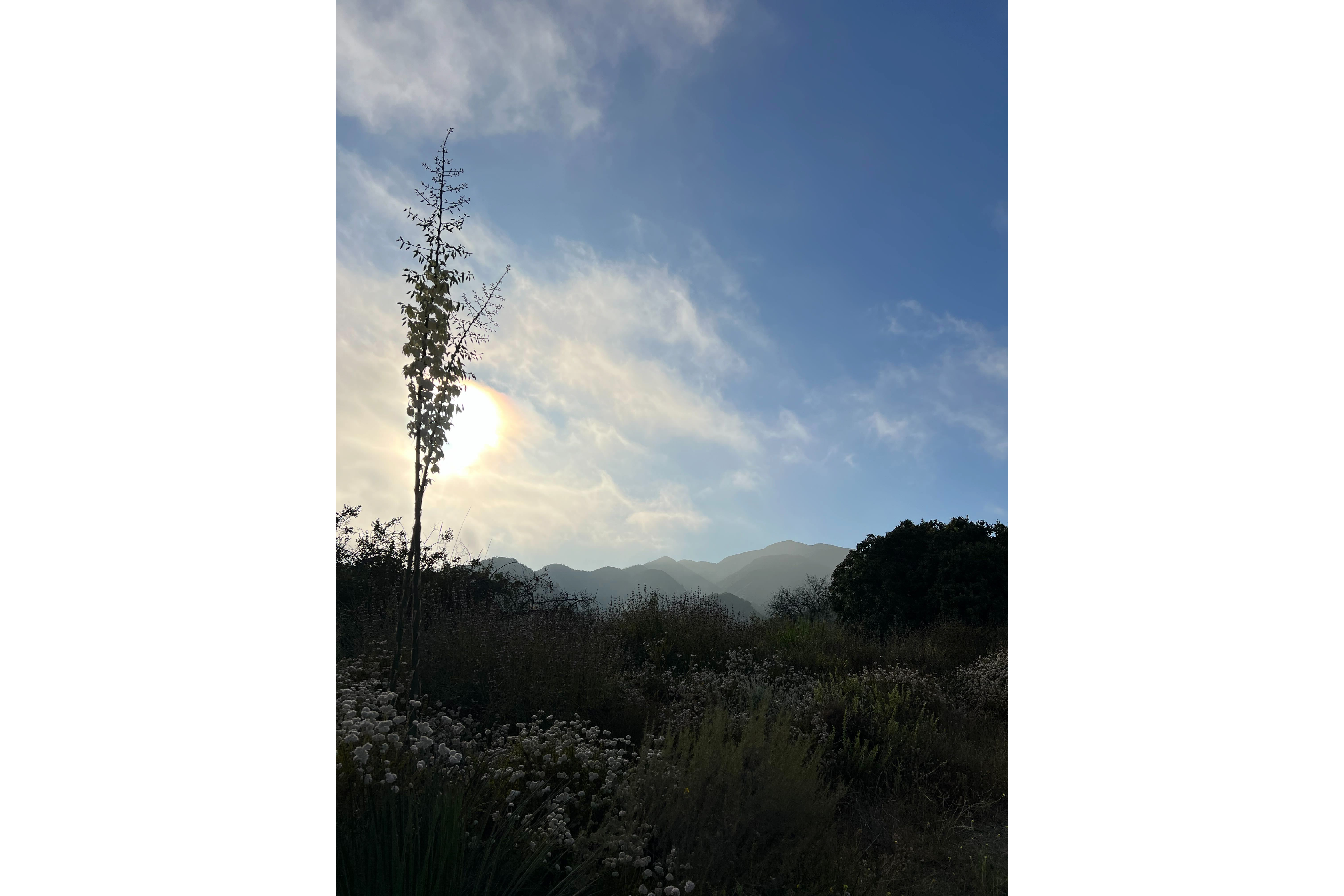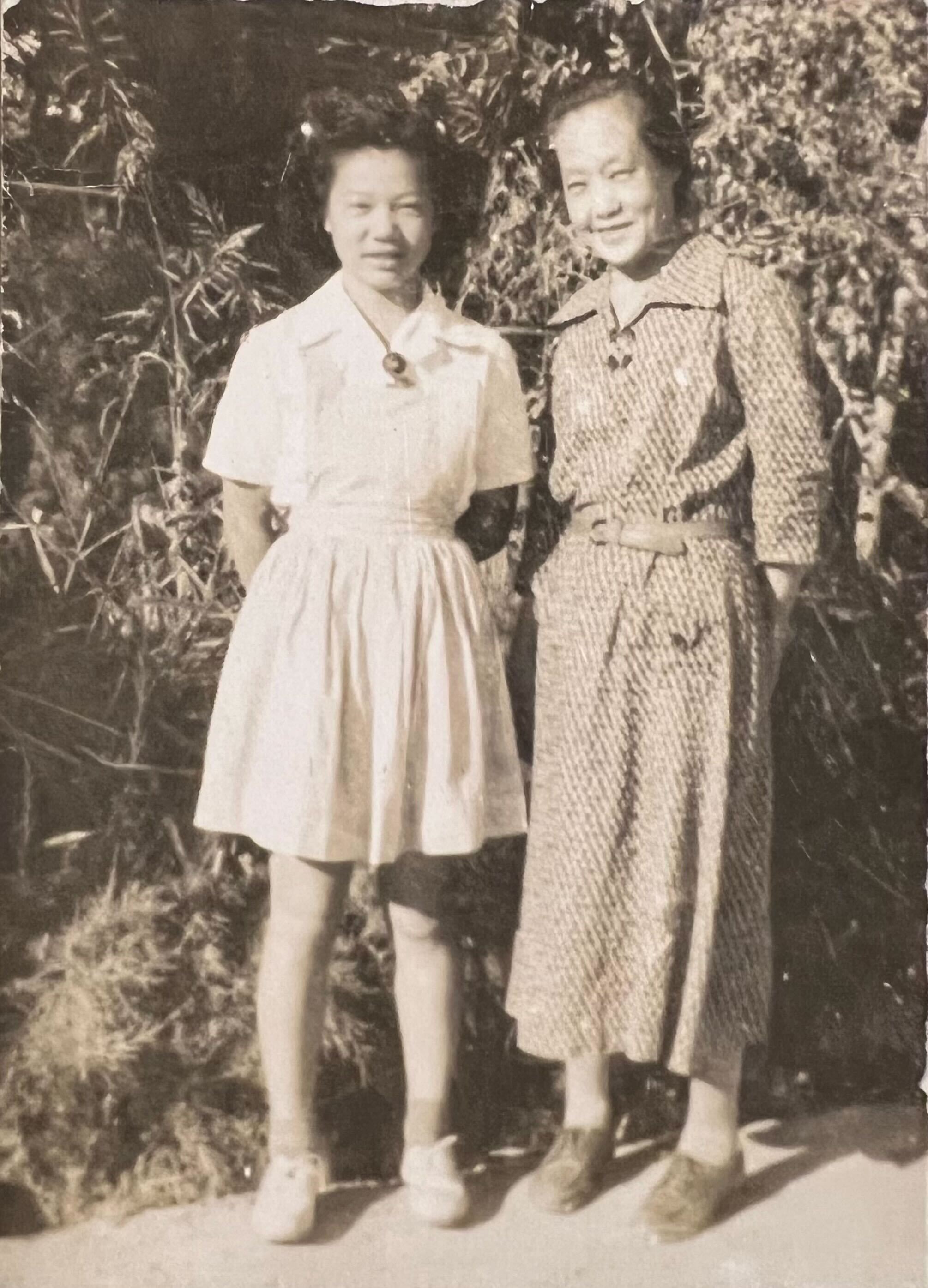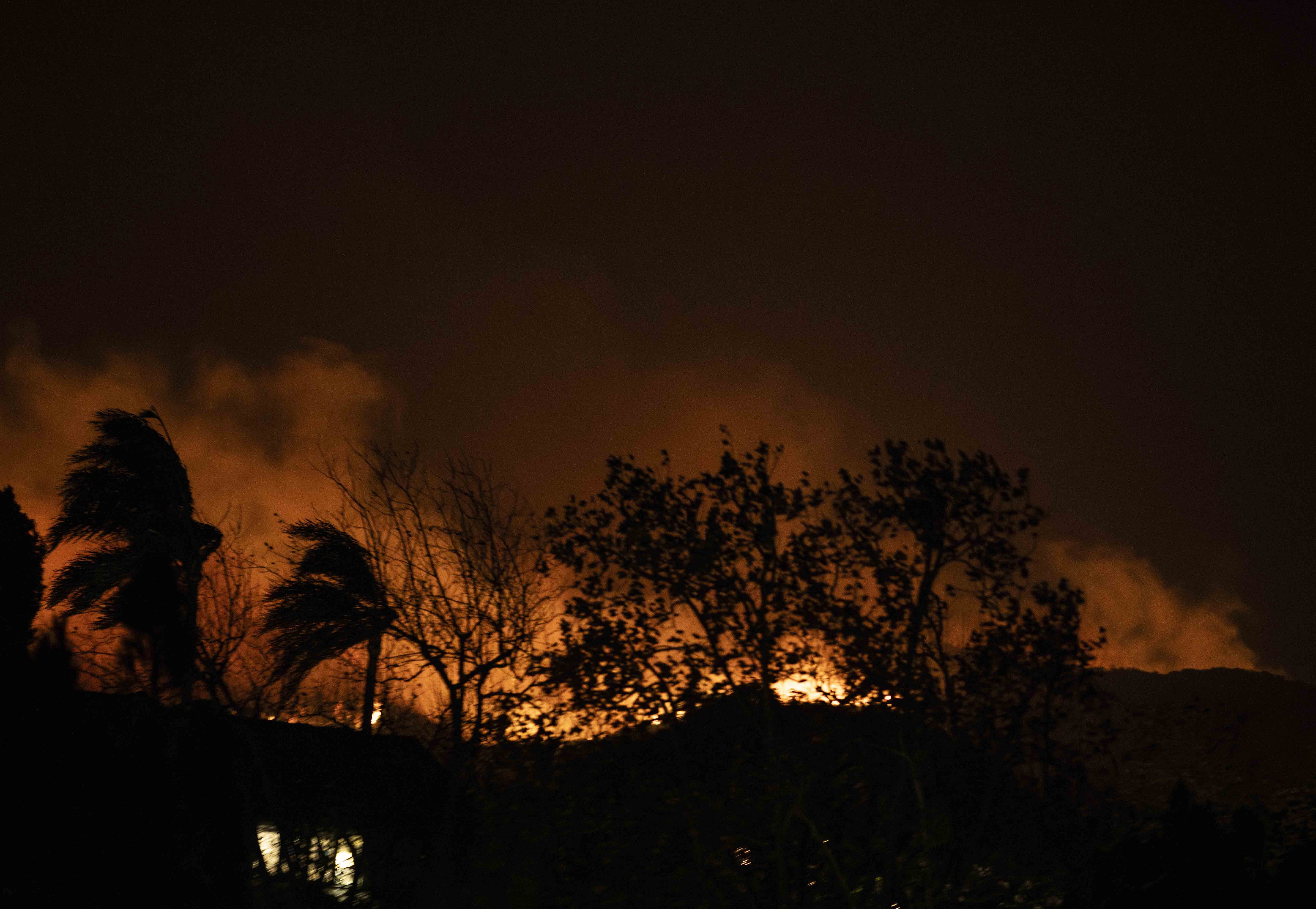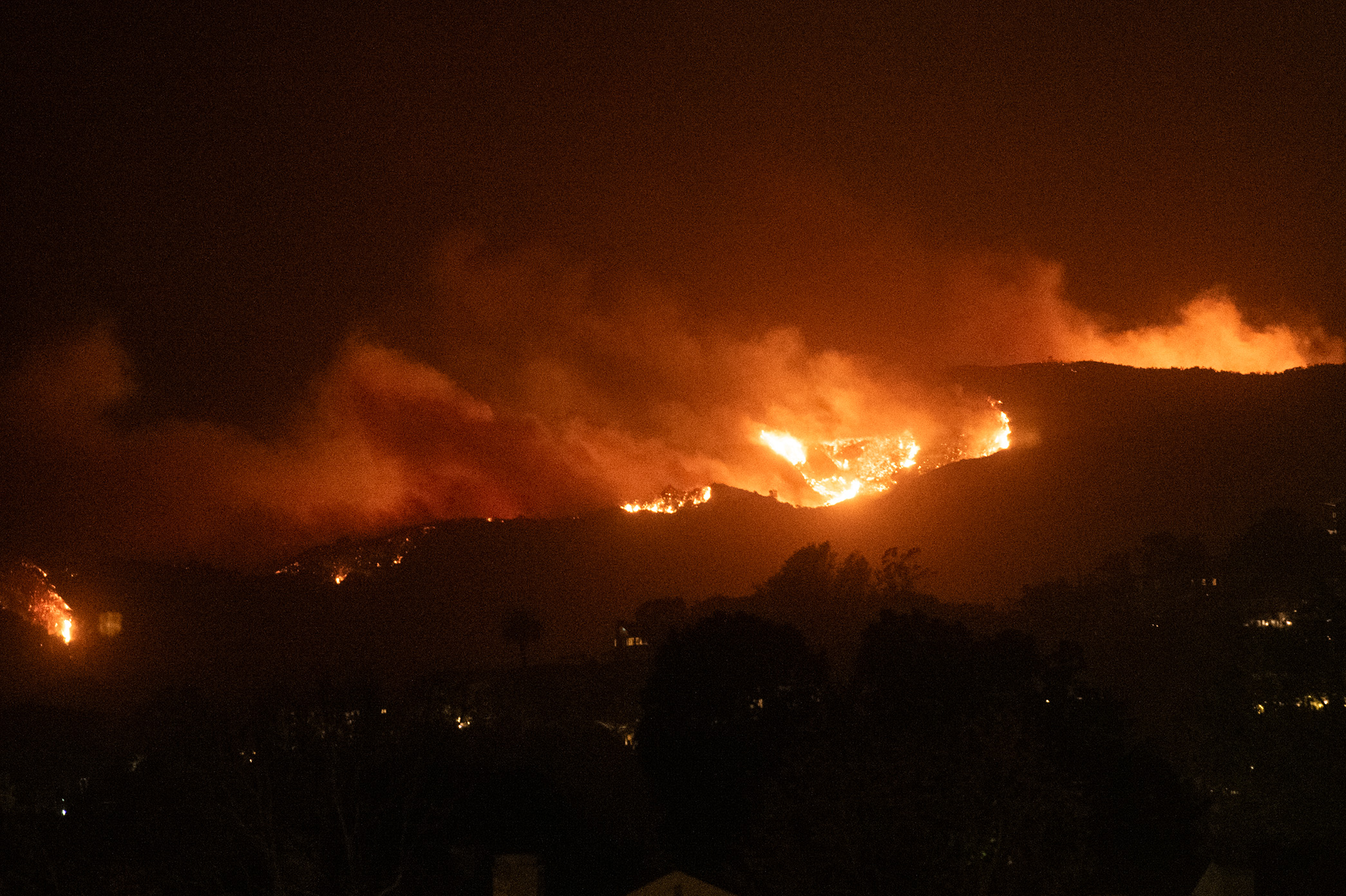Opinion: Prioritizing preservation of history, culture while rebuilding LA after fires

The sun shines above flowers and grass on a hiking trail at Will Rogers State Historic Park. (Courtesy of Kirsten Brehmer)
By Kirsten Brehmer
Feb. 9, 2025 3:25 p.m.
This post was updated Feb. 11 at 8:17 p.m.
The wreckage and tragedy left behind in the wake of the Palisades, Eaton and surrounding fires in no way felt natural, even given California’s long-wrought past with these destructive forces of nature.
Homes, businesses and historic sites were swiftly lost to the flames.
Historically, California was most vulnerable to wildfires during the drier months of spring, summer and early fall. With the current climate crisis, however, the wildfire season is lasting longer and becoming even more cataclysmic and dangerous.
Stephen Pyne, an author and emeritus professor at Arizona State University who has written a substantial amount of work on the history of fire management, is calling the time we are in the Pyrocene, or “Fire Age.”
It’s hard to believe that 2025 in Los Angeles began with an early January encounter with multiple infernos, but the environmental signs of California’s current climate continue to reign true – wildfire season is becoming year-round.
Because of the increased risk of these weather disasters due to climate change, pieces of America’s historical legacy are being lost in the damage hurricanes, floods and wildfires continue to leave in their wake. Yet, making sure our nation has surviving pieces of physical history for future generations is not regularly discussed on a large scale.
Will Rogers State Historic Park was one of the historic places damaged by the recent fires. This park offered a surreal escape to balance out the business and chaos of LA. It was a place of solace that you can’t find in many urban environments.
I spoke with Jennifer Rogers, the great-granddaughter of Will Rogers and the co-founder of the Will Rogers Ranch Foundation, a few weeks after she found out the park burned down.
“My love and passion has been at that ranch for 20 years, and it’s gone, it’s just gone,” Jennifer Rogers said.
A good friend of Jennifer Rogers was removing neighboring horses at Jigsaw Farms and told her over the phone that the ranch was going to succumb to the fire. This was the moment at which Jennifer Rogers knew a piece of her family’s history could no longer be saved.
She conveyed a fond nostalgia for the park in the memories she recounted. It was like a hidden Central Park for people from all over the Westside to visit, she said.
“My job is to keep his (Will Rogers’) legacy alive for you younger generations and my children and my grandchildren,” Jennifer said.
Will Rogers, a name well-known to most Angelenos, wore many hats. He was a successful actor in both silent and sound films, an author of newspaper columns and an individual who graced many with his political wit. He was even given the unique title of “cowboy philosopher.”
“There’s never been anyone like him, ever,” Jennifer Rogers said.
Jennifer Rogers talked about the park’s significance to the LA community, but also what preserving and restoring its history could look like.
Recognizing the importance of protecting historic structures and places with cultural significance supports both the preservation of cities and the welfare and prosperity of the communities within them.
Remembering the stories cemented in our nation’s foundations is at the root of historic preservation. By giving humanity a reminder of the past, the pieces of our history can teach us in the present and aid us in the future.
History gives LA its character. Physical structures serve as emblems of a city’s past, and historical buildings represent the eras, moments and movements that have shaped its identity.
Will Rogers’ ranch house, which was at the park’s center, was home to an abundance of history and antiquity. Everything from a collection of John Edward Borein’s western artworks to a research library that consisted of more than 1,900 books graced the interiors of the ranch house. It was a miniature museum of American history.
Jennifer Rogers said a crew with the state parks has been formed to safely explore the rubble and see if anything salvageable remains.
“The grounds are still there,” Jennifer Rogers said. “The 186 acres are still there. The trails are burnt, but that’s not to say they can’t be rebuilt.”
Preserving history will start with a commitment to learn, sustained by our willingness to remember, enlightening us to what existed before our time, including the life and legacy of Will Rogers.
“He gave people hope,” Jennifer Rogers said.
Now, we must give one another hope.
Areas affected by these fires are going to be dealing with the long process of rebuilding going forward.
Nonetheless, we are continuing to see the people of LA remain resilient. Reminding one another of the history this city encompasses will lead us to a better future.




